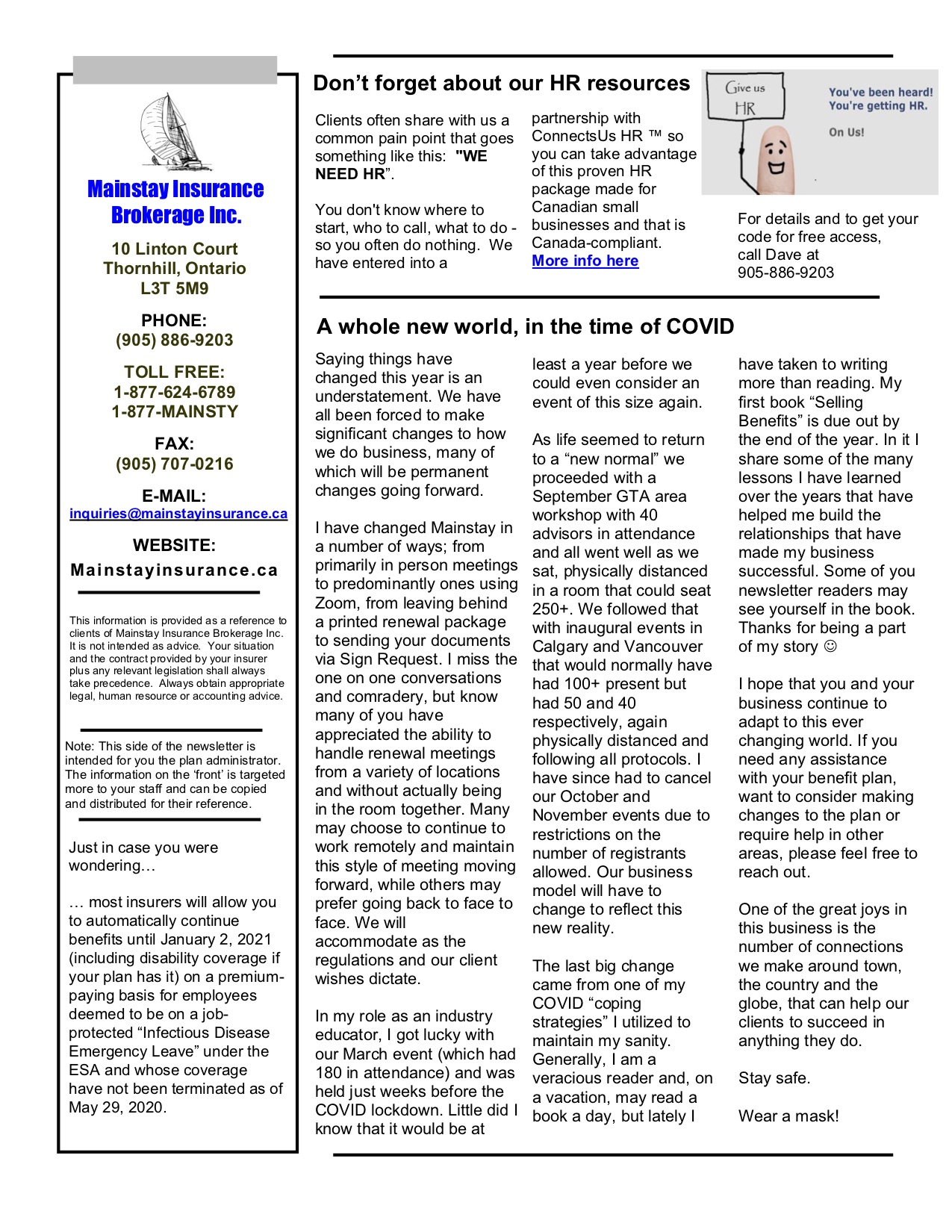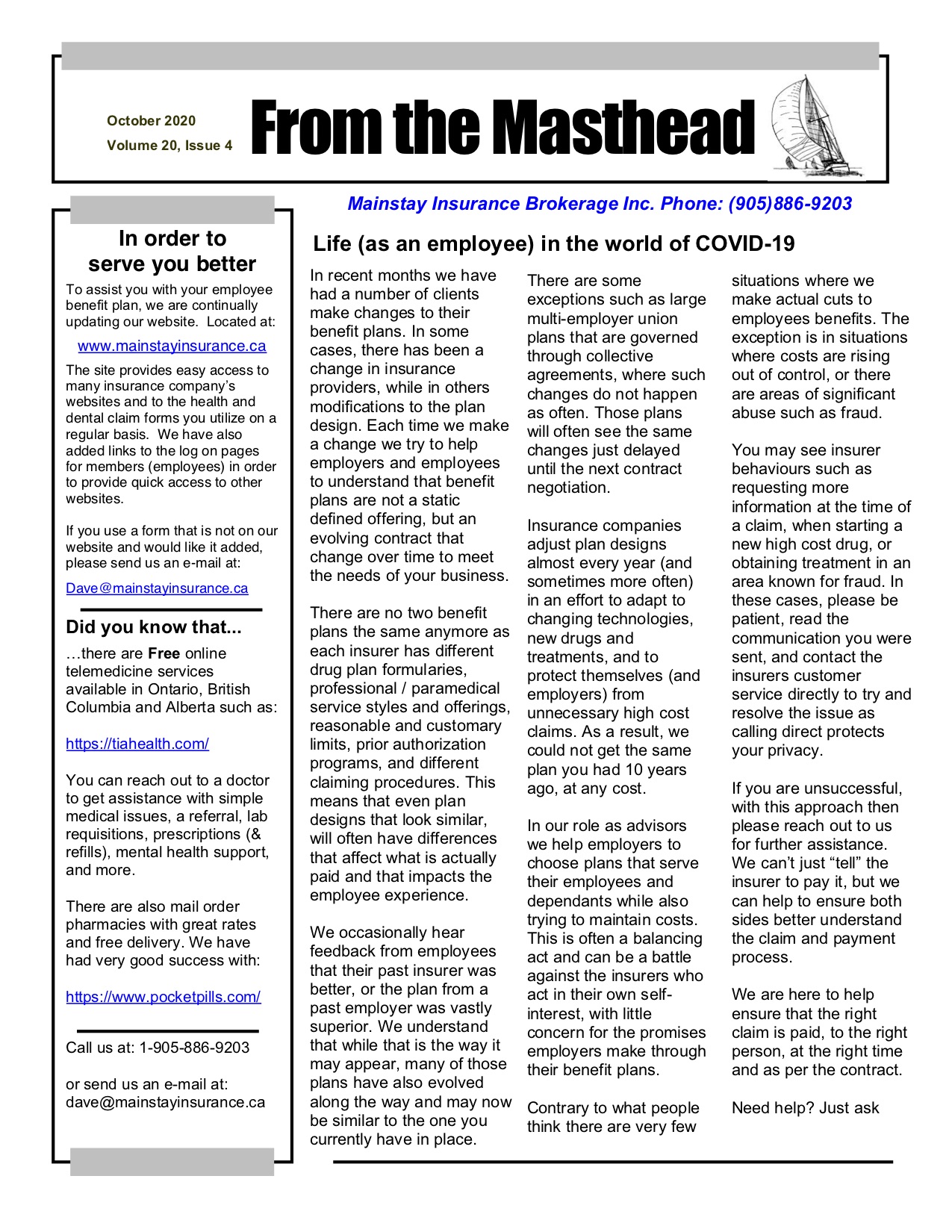We have informed clients about telemedicine services providers like TIA Health that are free of charge to residents of Ontario. Some insurers have built these into your plans, some have not. it’s honestly been a bit confusing to keep track of it all.
One of the companies that we deal with (BBD) has put together a great listing of these providers coast to coast. Many of them are free of charge. You can use these services, as well as share with family and friends to access doctors to renew prescriptions, get advice or treatment and a variety of other service. Click below to see what is available in your
Provincial Health and Telehealth Resources
Some of the telehealth resources available to Canadians vary by province – but don’t worry! We’ve compiled a list of provincial resources and packed them all up in this neat, interactive map. To view the resources available in your province, simply hover over one of the yellow provinces and click to visit the appropriate resource.
If your province is grey – don’t fret! While it does mean we weren’t able to find any provincial resources explicitly dedicated to telehealth, that doesn’t mean you’re out of luck. Other telehealth and telemedicine services are available Canada-wide. We intend to update this map as availability changes or new services become available. In time, we hope to see all of Canada lit up in yellow to indicate provincial telehealth availability, but for now, this map is up to date as of October 19th, 2020.
Provincial Telehealth Resources: An Interactive Map of Canada



